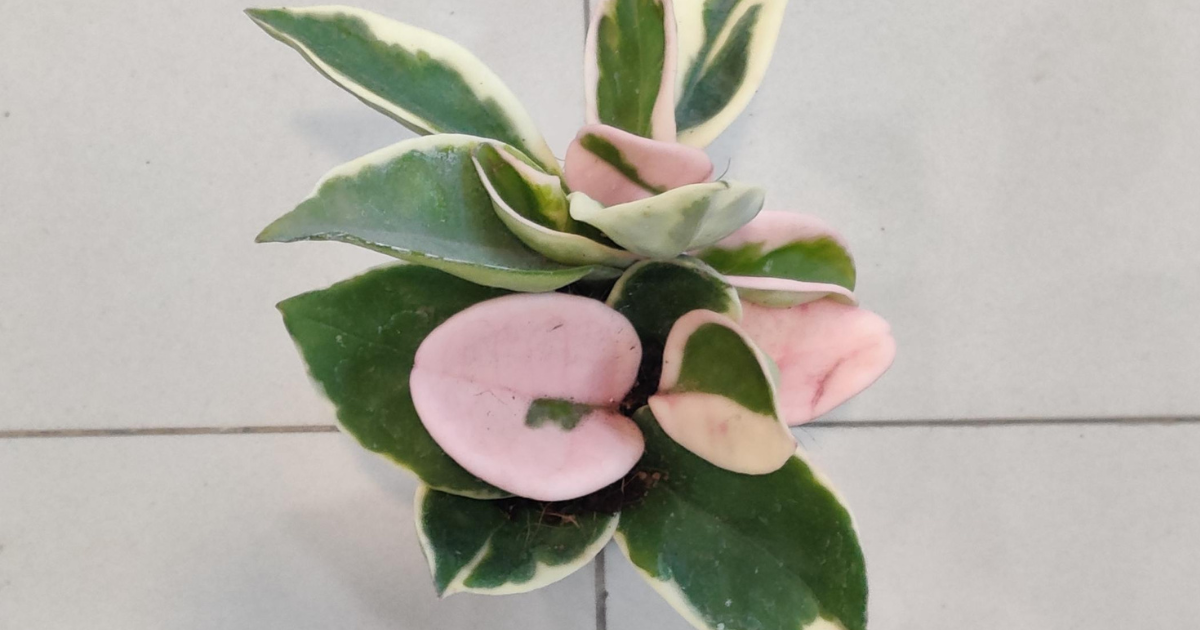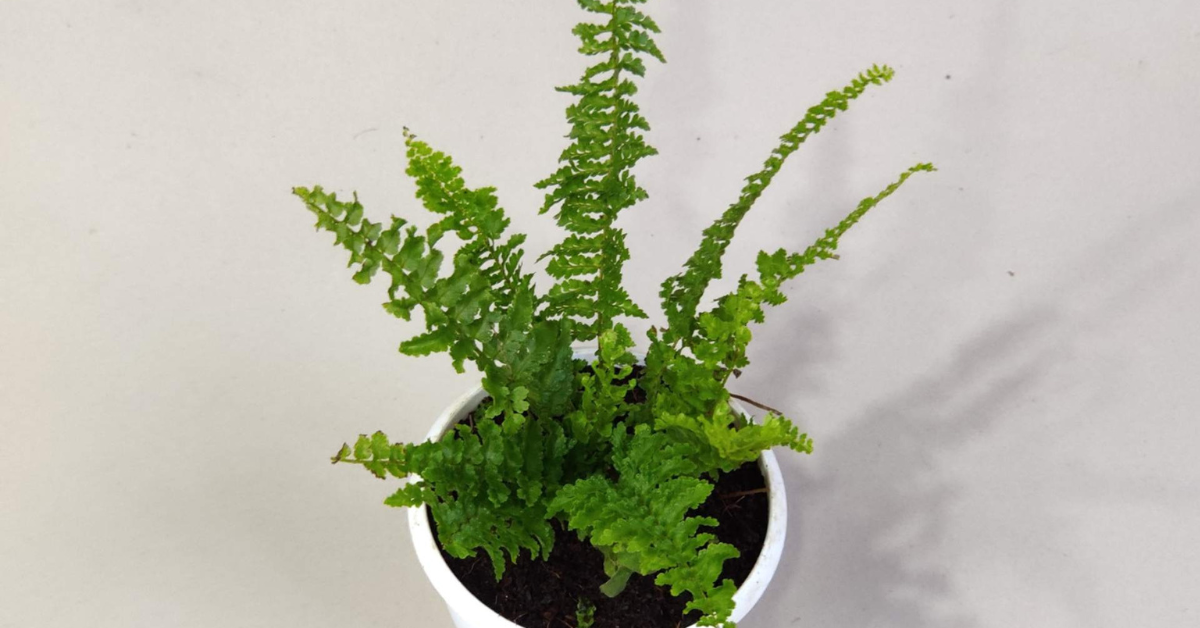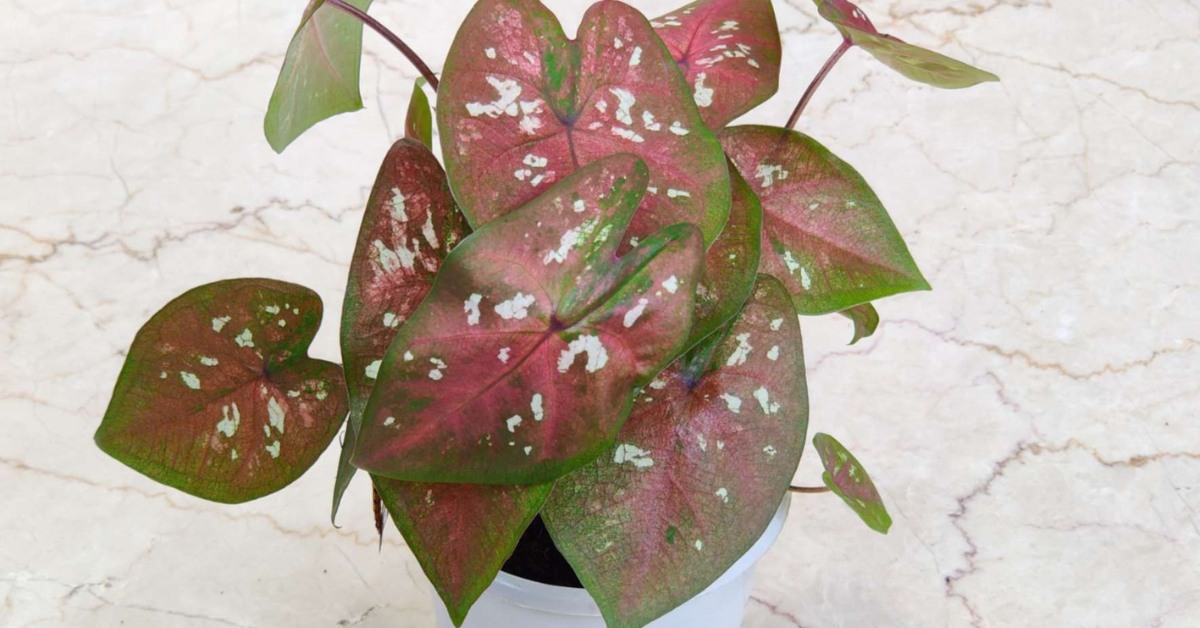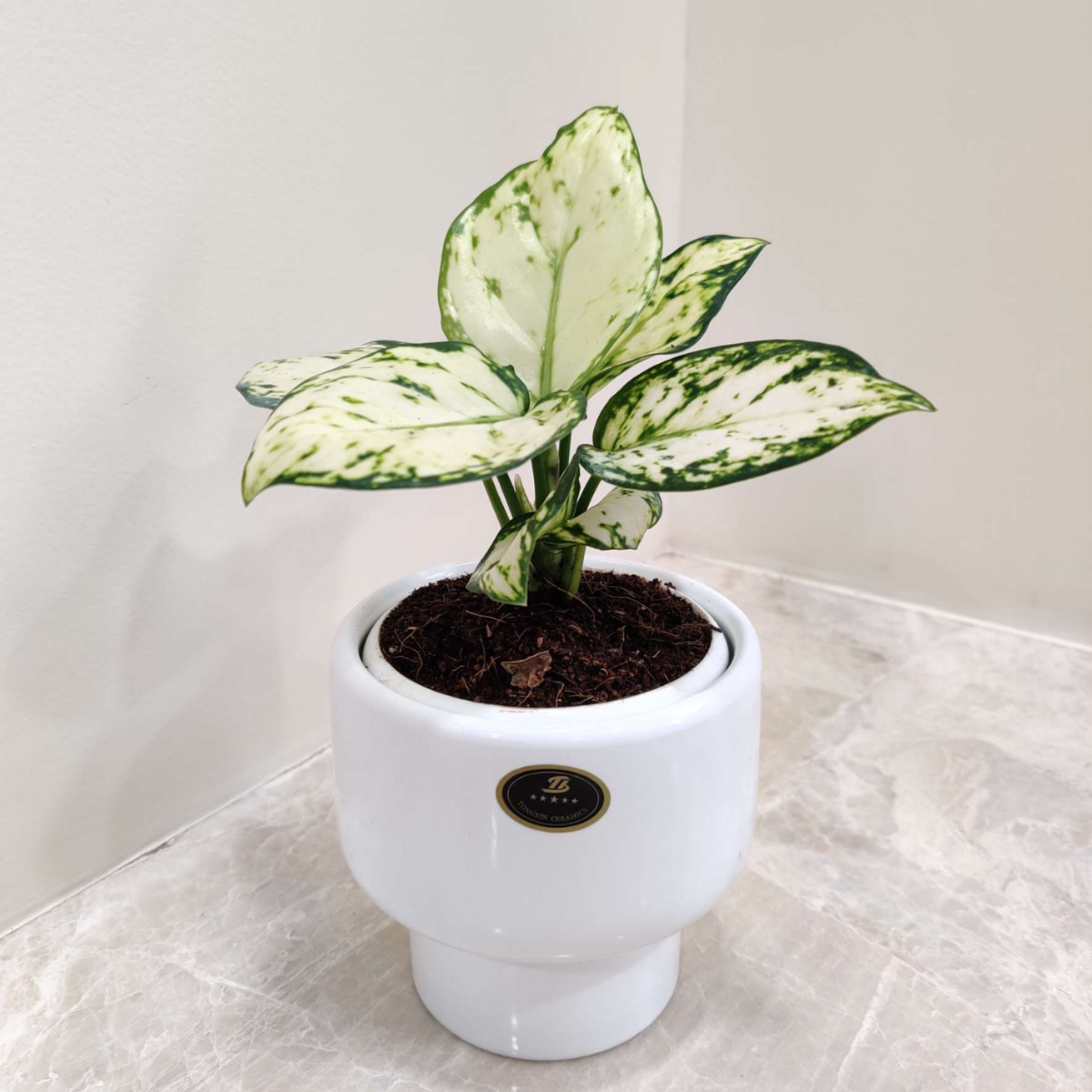If you’ve been searching for a houseplant that combines elegance, ease of care, and Instagram-worthy foliage, look no further than the Satin Pothos (Scindapsus pictus). With its shimmering, silver-splashed leaves and versatile growth habit, this tropical vine has earned a permanent spot in the hearts of indoor gardeners.
In this comprehensive Satin Pothos care guide, we’ll cover everything you need to know—from ideal light and watering routines to propagation hacks, common problems, and styling tips—so your plant can thrive for years.
What is Satin Pothos?
| Common Name | Satin pothos |
|---|---|
| Botanical Name | Scindapsus pictus |
| Family | Araceae |
| Plant Type | Perennial, vine |
| Mature Size | 4–10 ft. long, 4 in. wide |
| Sun Exposure | Partial (bright, indirect light) |
| Soil Type | Well-drained potting mix |
| Soil pH | Acidic |
| Bloom Time | Summer |
| Flower Color | White |
| Hardiness Zones | 10–12 (USDA) |
| Native Area | Asia |
| Toxicity | Toxic to pets |
Satin Pothos is often mistaken for its close cousin, the golden pothos (Epipremnum aureum), but the two belong to different genera. What sets Satin Pothos apart is its velvety, heart-shaped leaves adorned with silvery-gray variegation that catches light beautifully.
It’s a vining plant, meaning you can train it to climb a moss pole or let it cascade from a hanging basket. In optimal conditions, it can grow 4–10 feet long with leaves about 4 inches wide.
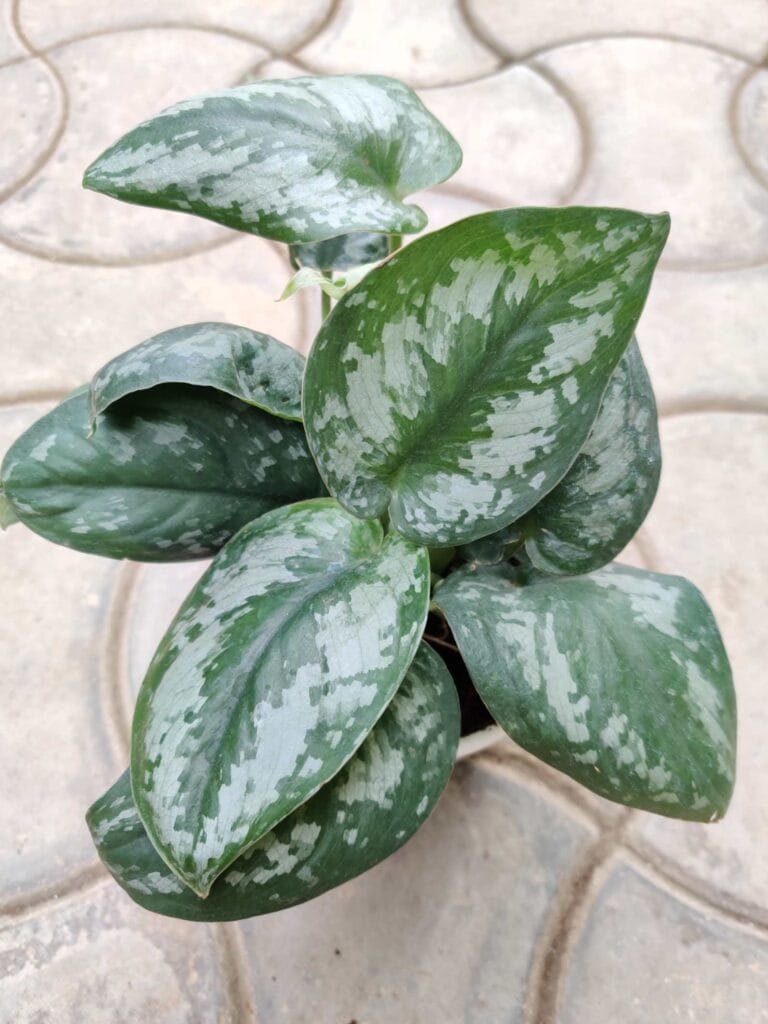
Light Requirements for Satin Pothos (Scindapsus pictus)
If you want your Satin Pothos plant to thrive and display vibrant, silver-speckled leaves, lighting is key.
- Best light for Satin Pothos: Place it in bright, indirect light—a spot near a north- or east-facing window works perfectly. This mimics the plant’s natural habitat under a forest canopy.
- Avoid harsh, direct sunlight: Prolonged exposure to strong midday or afternoon sun can scorch leaves and fade the variegation, leaving them dull and damaged.
- Low light tolerance: Satin Pothos can survive in low-light conditions, making it suitable for offices or shaded corners. However, growth will be slower, and leaf variegation may diminish over time.
Pro Tip: If your Satin Pothos leaves are small, pale, or losing their silvery patterns, it’s a sign the plant needs more light. Move it closer to a filtered light source or use a full-spectrum grow light during darker months.
Watering Schedule for Satin Pothos
When it comes to watering Satin Pothos, less is more. Overwatering is the fastest way to damage this resilient plant.
- When to water: Check the soil moisture by inserting your finger 2 inches deep—if it feels dry, it’s time to water.
- How to water properly: Pour room-temperature water slowly and deeply until excess drains from the pot’s holes. This ensures water reaches the root zone without waterlogging.
- Signs of overwatering: Yellowing leaves, mushy stems, and drooping vines.
- Signs of underwatering: Dry, crispy, or curling leaves.
Watering Tip: In winter, reduce watering frequency since growth slows down. In summer, you may need to water more often due to faster evaporation.
Temperature & Humidity Needs
The ideal temperature for Satin Pothos is between 65–85°F (18–29°C), making it perfect for most indoor environments.
- Humidity level: 40–50% is ideal, but the plant will thrive in higher humidity.
- Cold sensitivity: Below 60°F (15°C), Satin Pothos can experience leaf droop, blackened tips, or even dieback.
- Humidity boost methods:
- Place the pot on a pebble tray with water (without letting roots sit in water).
- Group plants together to create a humidity microclimate.
- Use a small room humidifier for consistent moisture in the air.
The Perfect Soil Mix for Satin Pothos
The right potting soil for Satin Pothos ensures healthy roots and lush foliage.
- Best soil type: Use a light, well-draining indoor potting mix enriched with perlite, pine bark, and peat moss. This combination provides excellent aeration while retaining enough moisture for consistent growth.
- pH range: Satin Pothos prefers a slightly acidic soil (6.1–6.5).
- Drainage importance: Good drainage is essential to prevent root rot, one of the most common problems for Scindapsus pictus plants. Always choose pots with drainage holes.
Soil Tip: For an even better blend, mix 2 parts potting soil, 1 part perlite, and 1 part orchid bark—this replicates the airy soil conditions found in tropical rainforests.
Fertilizing for Healthy Growth
To keep your Scindapsus pictus lush and vibrant, feeding is essential.
- Fertilizer type: Use a balanced, water-soluble houseplant fertilizer (e.g., 10-10-10 or 20-20-20 NPK).
- Feeding schedule: Apply once a month during the growing season (spring to early autumn).
- Winter care: Avoid fertilizing in colder months, as the plant enters a semi-dormant phase and nutrient uptake slows.
Fertilizer Tip: Always water the plant lightly before feeding to prevent root burn.
Pruning for Shape & Growth
Pruning Satin Pothos encourages bushier vines and keeps the plant looking tidy.
- When to prune: Best done in spring or early summer, before the active growth phase.
- Pruning benefits:
- Promotes fuller foliage
- Removes damaged or yellowing leaves
- Controls length for hanging or climbing displays
- How to prune: Use clean, sharp scissors and cut just above a leaf node to encourage new shoots.
Styling Tip: Regular trimming can be paired with propagation so you can grow new plants from cuttings.
Propagation: Multiply Your Satin Pothos Easily
Satin Pothos propagation is one of the easiest ways to expand your plant collection.
1. Stem Cutting Method
- Cut a 4-inch vine segment with 1–2 healthy leaf nodes.
- Place the cuttings in water or moist potting mix.
- Keep in bright, indirect light and maintain slightly moist soil.
- Roots appear in 3–4 weeks; transplant when roots reach about 3 inches.
2. Vine Layering Method
- Lay a long vine across the surface of moist soil.
- Pin the leaf nodes down with small clips or wire.
- Roots will sprout from each node, creating multiple new plants over time.
Propagation Tip: Use a clear glass jar for water propagation so you can monitor root growth easily.
Repotting Satin Pothos
Repotting helps refresh the soil and give roots more space to grow.
- When to repot: Every 1–2 years, or when roots peek from drainage holes.
- Best pot size: Choose one 1–2 inches larger than the current pot.
- Best season: Spring, when growth is most active.
Repotting Tip: Avoid jumping to a much larger pot, as excess soil retains more water, increasing the risk of root rot.
Popular Varieties
- ‘Silvery Anne’ – Large silver patches on light green leaves.
- ‘Argyraeus’ – Small leaves with even silver flecks.
- ‘Exotica’ – Large leaves with heavy silver splashes.
- ‘Silver Hero’ – All-silver foliage.
- ‘Silver Splash’ – Mottled silver markings.
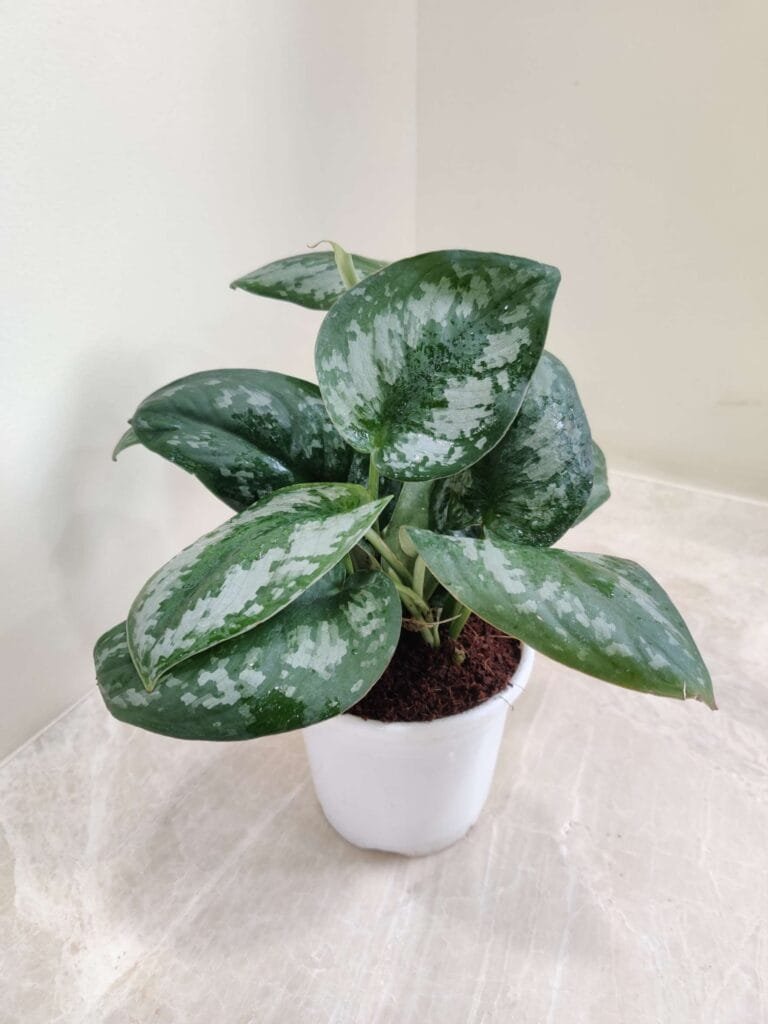
Styling Ideas for Satin Pothos (Scindapsus pictus) Indoors
1. Hanging Baskets in Living Rooms or Patios
Place your Satin Pothos in a hanging basket near a bright window to let its silver-speckled vines cascade gracefully. This display works well in living rooms, patios, and covered balconies, adding a tropical touch without taking up floor space. Hanging baskets also allow the trailing stems to grow longer and fuller.
2. Moss Poles for Bigger, Healthier Leaves
Training Scindapsus pictus on a moss pole encourages it to climb vertically, mimicking its natural growth habit. Climbing plants develop larger, more vibrant leaves when given vertical support. Keep the moss pole slightly moist to help aerial roots attach securely.
3. Bookshelf or Cabinet Toppers for Cascading Greenery
For an elegant indoor plant décor idea, place your Satin Pothos on top of a bookshelf, cabinet, or wardrobe. The trailing vines will spill downward in a lush green curtain, adding softness and color to interior spaces.
4. Bathroom Décor for Humidity-Loving Growth
Satin Pothos thrives in humid environments, making it a perfect bathroom plant if there’s enough indirect light. The steam from showers naturally boosts humidity, promoting lush foliage and preventing brown leaf tips.
Pairing Satin Pothos with other trailing plants such as the Money Plant can create a vibrant, layered look. See our post: Interesting Facts About Money Plants for styling inspiration.
Benefits of Growing Satin Pothos Indoors
1. Natural Air Purification
Like many tropical plants, Satin Pothos helps clean indoor air by filtering pollutants such as formaldehyde and benzene. Adding this plant to your home can improve air quality while enhancing aesthetics.
2. Low Maintenance Houseplant for Beginners
Scindapsus pictus is ideal for new plant parents. It tolerates occasional neglect, adapts to various light conditions, and bounces back quickly from minor care mistakes, making it one of the best low-maintenance indoor plants.
3. Decorative Versatility for Any Interior Style
The silver and green variegated leaves of Satin Pothos complement modern, bohemian, minimalist, and tropical-themed interiors. Whether placed in a macramé hanger, ceramic pot, or glass planter, it fits seamlessly into different home décor styles.
Common Problems with Satin Pothos & How to Fix Them
1. Yellow Leaves (Overwatering Issue)
Overwatering is the most common Satin Pothos problem. Constantly soggy soil leads to root rot and yellowing foliage. Allow the top 2 inches of soil to dry before watering again and ensure your pot has drainage holes.
2. Faded or Dull Variegation (Light Deficiency)
If the silver markings on Scindapsus pictus leaves are fading, it’s a sign of insufficient light. Move the plant to a spot with bright, indirect light to restore its striking variegation. Avoid direct sunlight, which can scorch the leaves.
3. Curling Leaves (Underwatering, Low Humidity, or Pests)
Curling leaves may indicate dry soil, low humidity, pest infestation, or temperature stress. Check the soil moisture, maintain humidity around 50%, and inspect for spider mites or scale insects.
4. Root Rot (Poor Drainage)
Root rot occurs when Satin Pothos roots sit in waterlogged soil for too long. Prevent it by using a well-draining potting mix, watering only when needed, and repotting if the roots smell foul or appear blackened.
Final Thoughts on Growing Satin Pothos (Scindapsus pictus)
With its shimmering, silver-speckled foliage, forgiving nature, and ability to adapt to a variety of indoor conditions, the Satin Pothos truly deserves a prime spot in your home or office. This tropical vine is not only beautiful and low-maintenance, but it’s also incredibly versatile—thriving just as happily in a hanging basket with trailing vines as it does climbing a moss pole for larger, statement-making leaves.
For plant lovers seeking an easy indoor plant that still delivers a high-impact visual appeal, Satin Pothos ticks every box. Its air-purifying benefits make it a functional choice for improving indoor environments, while its decorative versatility allows it to blend seamlessly into any décor style—modern, bohemian, minimalist, or tropical.
Best of all, with just a little attention to light, watering, and humidity, you’ll be rewarded with years of lush growth. And because it’s so easy to propagate from cuttings, your single plant can soon become a thriving indoor jungle or a thoughtful green gift for friends and family.
Whether you’re an experienced indoor gardener or just beginning your plant journey, Satin Pothos (Scindapsus pictus) is a must-have for any plant collection—bringing a touch of nature’s elegance and a splash of silver to your everyday spaces.
FAQs
1: What is the best light for Satin Pothos (Scindapsus pictus)?
Bright, indirect light is ideal. Too little light causes faded variegation, while direct sunlight can scorch leaves.
2: How often should I water Satin Pothos?
Water only when the top 2 inches of soil are dry. Overwatering can cause yellow leaves and root rot.
3: Can Satin Pothos grow in low light?
Yes, it can survive in low light, but growth will slow, and silver variegation may fade.
4: Is Satin Pothos safe for pets?
No, Satin Pothos is toxic to cats, dogs, and humans if ingested. Keep it out of reach.
5: How do I make my Satin Pothos leaves bigger?
Train it to climb a moss pole or trellis. Climbing promotes larger, healthier leaves.
6: Why are my Satin Pothos leaves curling?
Curling may be due to underwatering, low humidity, pests, or temperature stress. Check care conditions and adjust accordingly.





